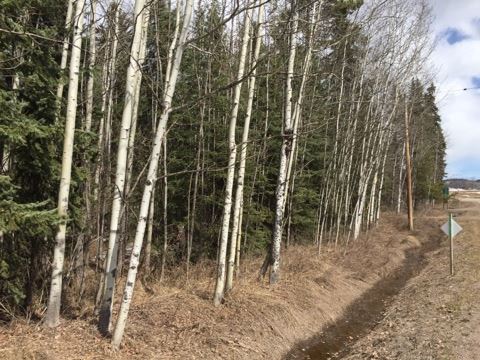Invasive species come in a wide variety of things.
From plants to fish, there’s always some sort of issue on BC’s plate come spring time.
Well, that is no different this year as the Government of BC and the Invasive Species Council of B.C. have renewed their commitment to effectively manage invasive species in the province, with an updated five-year strategic plan. The province has also made the claim that May 2018 will be known as invasive species month.
“We’re really pleased about this announcement,” says Gail Wallin Executive Director for the Invasive Species Council of BC “having a collaborative strategy for BC is important for all of us because invasive species don’t recognize any boundaries so it’s important we all work together.”
The development of the Invasive Species Strategy for BC was a collaborative effort, incorporating contributions and feedback from over 100 organizations, agencies, businesses and individuals from throughout British Columbia.
The updated 2018-2022 version builds on the original strategy released in 2012, and focuses on seven key priorities:
- Establish and enforce effective regulatory tools,
- strengthen collaboration,
- prevent introduction and spread,
- implement effective control, restoration and monitoring programs,
- support and extend relevant and applicable research,
- provide stable, long-term funding,
- and promoting action through communication and education.
The Invasive Species Strategy for BC 2018-2022 includes recommendations for the management of problem species, habitat restoration, monitoring programs, regulation and policy, funding and research.
So what can we do in the Bulkley Valley to make sure we are on the right side of history?
“There are many things people can do to stop invasive species. Washing your offroading vehicles, properly cleaning your boats, buying local firewood instead of bringing your own, and not releasing fish from their aquarium into local water systems. There are a number of examples in Northern BC where goldfish are starting to take over which is the exact opposite of our objective is. Invasive species are often spread by human interaction and people must take action to make sure invasive species don’t spread. ”
More information on invasive species across BC can be found here.
Something going on in the Bulkley Valley Lakes District you think people should know about?
Send us a news tip by emailing [email protected].






